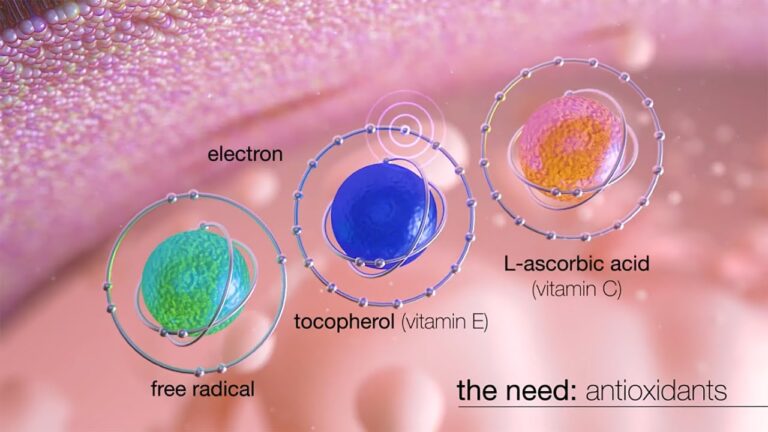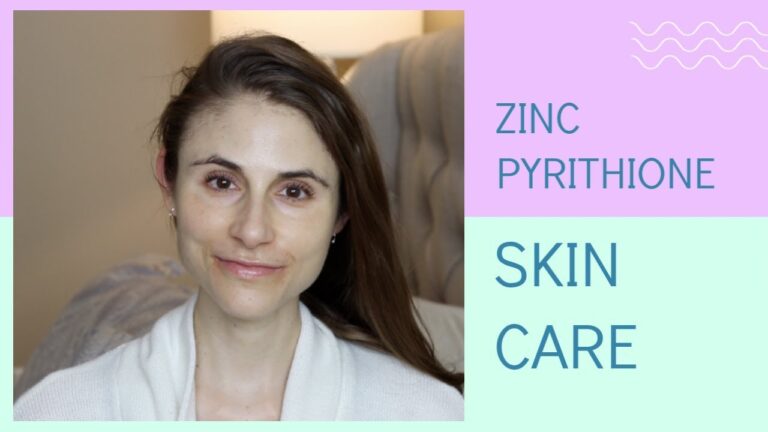Retinol Dosage: How Much Retinol Should You Use for Optimal Results?
Retinol is a powerful anti-aging ingredient that has become incredibly popular over the past few years. It’s a form of vitamin A that can help reduce the appearance of fine lines and wrinkles, improve skin texture, and even out skin tone. But with so many retinol products on the market, it can be difficult to know how much to use. In this article, we’ll explore the optimal amount of retinol to use for the best results.
When it comes to retinol, less is often more. Using too much retinol can lead to skin irritation, redness, and peeling. It’s important to start with a low concentration and gradually increase the amount as your skin gets used to it. Most retinol products come in concentrations ranging from 0.025% to 1%. You can start with the lowest concentration and work your way up as needed.
Adapalene gel 0.1% (Differin) is a popular retinoid that is available over-the-counter. It’s a great product to start with if you’re new to retinol. Adapalene has been shown to be just as effective as other retinoids, but is less irritating to the skin. Start by using a pea-sized amount of the gel once a week, and increase the frequency gradually over time.
When it comes to prescription strength retinoids, Tretinoin is a popular option. Tretinoin comes in concentrations ranging from 0.025% to 0.1%. Again, it’s important to start with the lowest concentration and work your way up. Apply a pea-sized amount of the cream or gel to your entire face once a week at first, and increase the frequency gradually as your skin tolerates it.
Another popular prescription retinoid is Adapalene 0.3% gel (Differin). This higher concentration adapalene can be more potent but also more irritating to the skin. It’s important to work your way up to this strength over time.
It’s also important to note that there are other factors that can impact how much retinol you should use. For example, if you have sensitive skin, you may need to use a lower concentration and less frequently. Similarly, if you’re using other active ingredients in your skincare routine, you may need to adjust the amount of retinol you use.
In addition to finding the right concentration, it’s also important to apply retinol correctly. Always apply retinol to clean, dry skin at night, as it can make your skin more sensitive to the sun. You can also buffer your retinol by applying a moisturizer before or after to help minimize irritation. However, be careful of over-buffing as it can lessen the effects of retinol.
Finally, it’s important to be patient when using retinol. It can take several weeks or even months to start seeing results, and you may experience some temporary irritation and peeling along the way. Stick with it, and you’ll likely see improved skin texture, reduced fine lines and wrinkles, and a more even skin tone over time.
In summary, when it comes to retinol, less is often more. Start with a low concentration and work your way up as your skin tolerates it. Always apply retinol to clean, dry skin at night, and be patient with the results. With time and consistency, retinol can be an incredibly beneficial addition to your skincare routine.
Most searched products:
Does Sephora Support Israel? Answering Your Questions
2021’s Ultimate Guide to VIT Direct Reviews You Can’t Miss!
Revitalize Your Skin with the Best Wrinkle Serum for a Youthful Glow
Capsaicin Cream Boots
Benefits of Using Glycolic Acid for Dandruff Treatment
Get Thick & Luscious Lashes With Sins N Lashes Serum: Our Honest Review!
The Explosive Reaction: Sodium Hydroxide and Hydrochloric Acid
The Ordinary Foundation Colour Match
The Ultimate Guide to The Ordinary Bright Set: Benefits, Reviews, and How to Use It
The Ultimate Guide to Knowing When to Use Glycolic Acid













